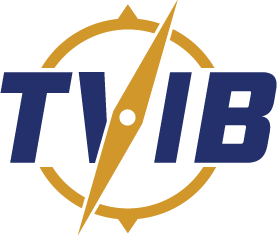NTSB Publishes Safer Seas Digest 2016
07/27/2017 – Excerpt from Press Release
The lessons learned from the investigation of 27 major, maritime accidents involving loss of life, injuries and property damage are detailed in the National Transportation Safety Board’s Safer Seas Digest 2016, released online Thursday.
The publication is a compendium of the marine accident reports that the agency adopted or issued during calendar year 2016. The 68-page Safer Seas Digest 2016 contains information that can help mariners at the deckplate level prevent future accidents, and, can help maritime industry C-suites build and sustain a culture of safety at sea.
The lessons learned in the Safer Seas Digest 2016 are highlighted in 10 categories including Standard Maintenance and Repair Procedures, Operational Testing Procedures, Operating in Strong Currents, Familiarization with Local Recommendations, Bridge Resource Management, Safety Equipment and Access to High-Risk Spaces. The remaining three categories, Distraction, Fatigue, and Use of Medication While Operating Vessels, relate to issues on the NTSB’s Most Wanted List of Transportation Safety Improvements, highlighting the multi-modal nature of these threats to transportation safety.
“A safe maritime transportation system is critical to the vitality of the U.S. economy,” said NTSB Acting Chairman Robert Sumwalt. “According to NOAA, more than $1.5 trillion of cargo transited U.S. seaports in 2016. Reducing the frequency and severity of maritime accidents serves the national interest and publishing the Safer Seas Digest helps reach this goal.”
The Safer Seas Digest 2016 digital version (a print version will be distributed to industry stakeholders) provides mariners with links from the digest’s case summaries to the full reports and related documents of the investigations on the NTSB’s website, giving mariners access to the complete body of work of the NTSB’s Office of Marine Safety.
The NTSB’s Office of Marine Safety investigates major marine casualties upon the navigable waters of the U.S. and accidents involving U.S. flagged vessels worldwide.
Click here to download the full report.
